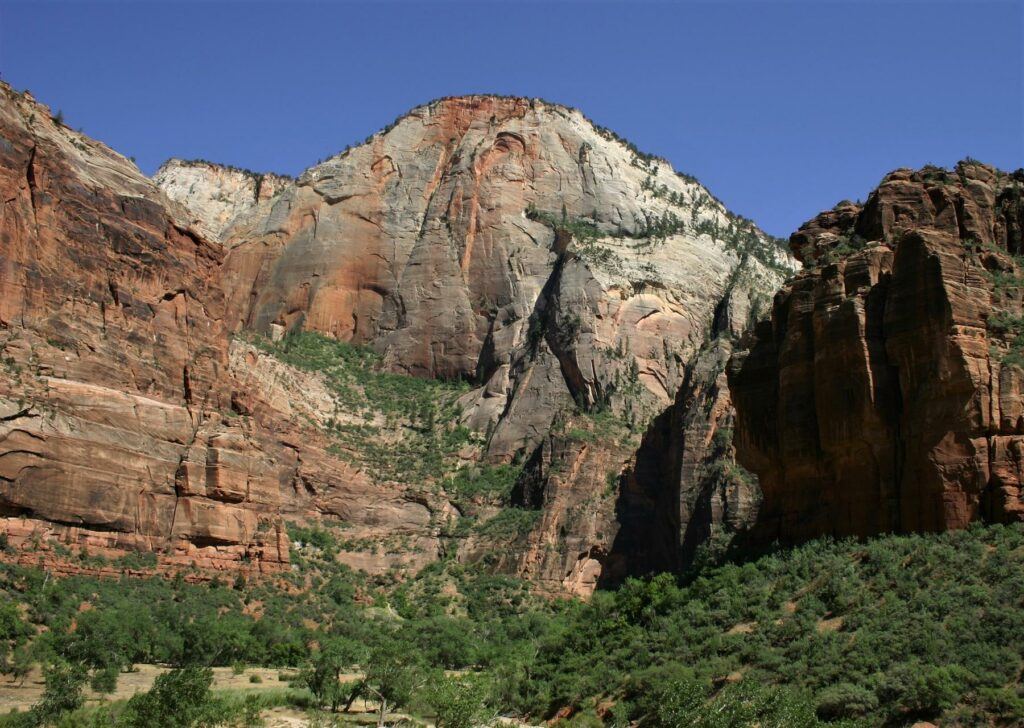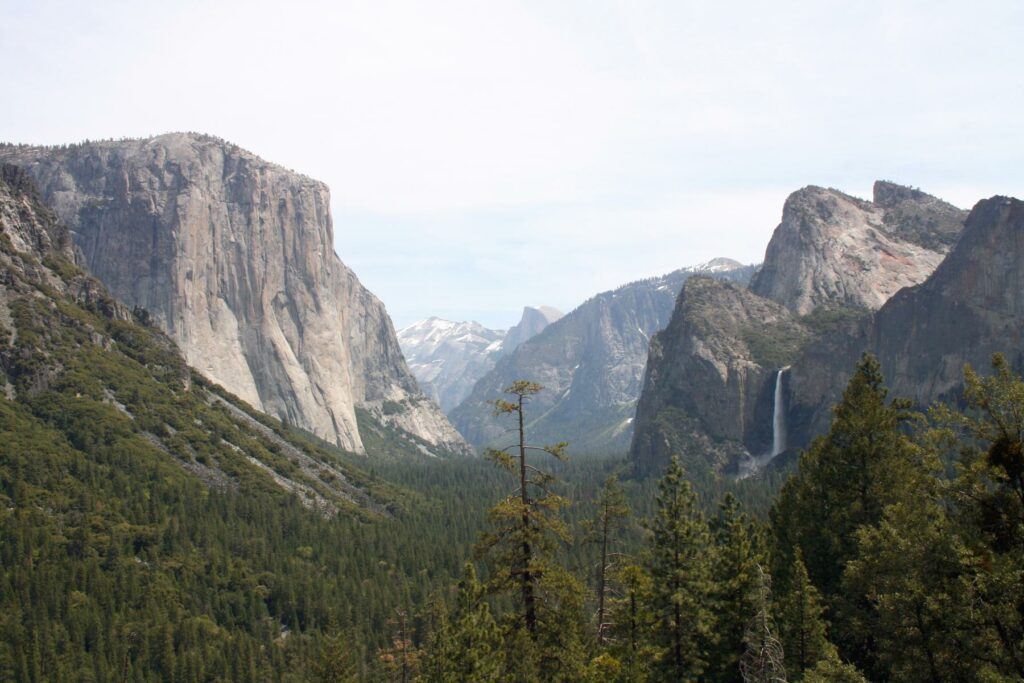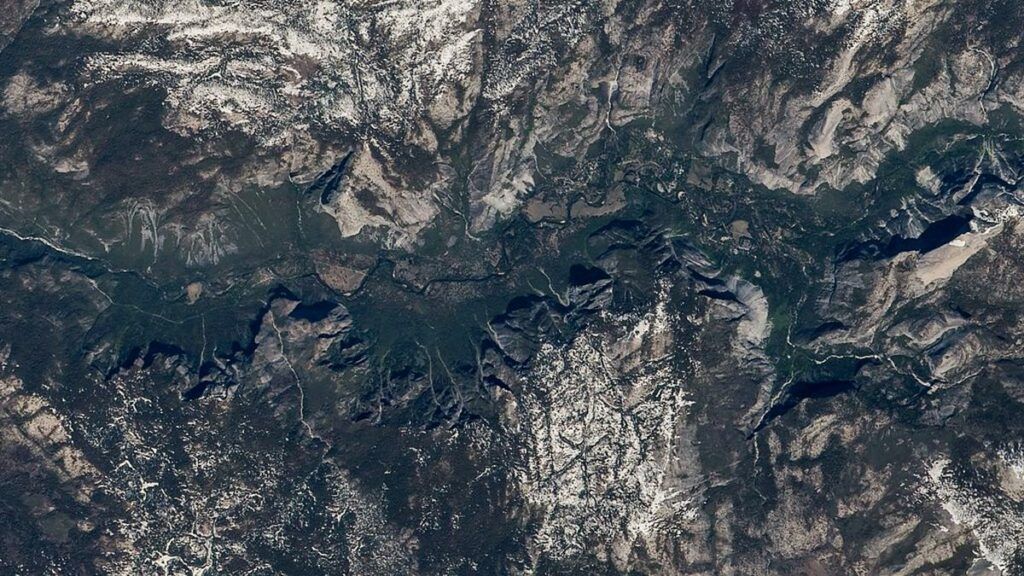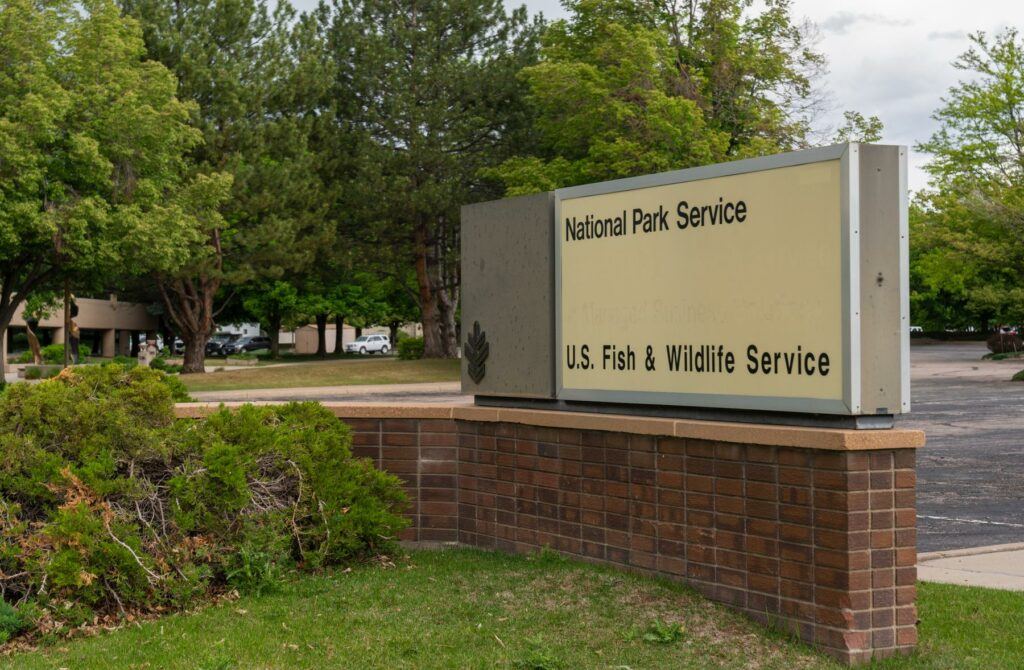Discover the Enchanting Wilderness of Acadia National Park Today
Acadia National Park is a 49,052-acre park located on the coast of Maine, USA. It is named after the French settlers who were expelled from Atlantic Canada by the British. The park protects the natural beauty of the highest rocky headlands along the Atlantic coastline of the United States, an abundance of habitats, and a rich cultural heritage. With 4 million visits a year, it’s one of the top 10 most-visited national parks in the United States.
Acadia National Park is a crown jewel of the North Atlantic Coast, offering visitors a unique blend of natural beauty and historical significance. The park is home to a variety of activities, including hiking, biking, and fishing, and boasts 27 miles of historic motor roads, 158 miles of hiking trails, and 45 miles of carriage roads. Visitors can also enjoy birdwatching, wildlife watching, and guided tours.
In this article, we will explore the natural wonders and historic landmarks of Acadia National Park, as well as provide tips for planning a visit to this enchanting wilderness.
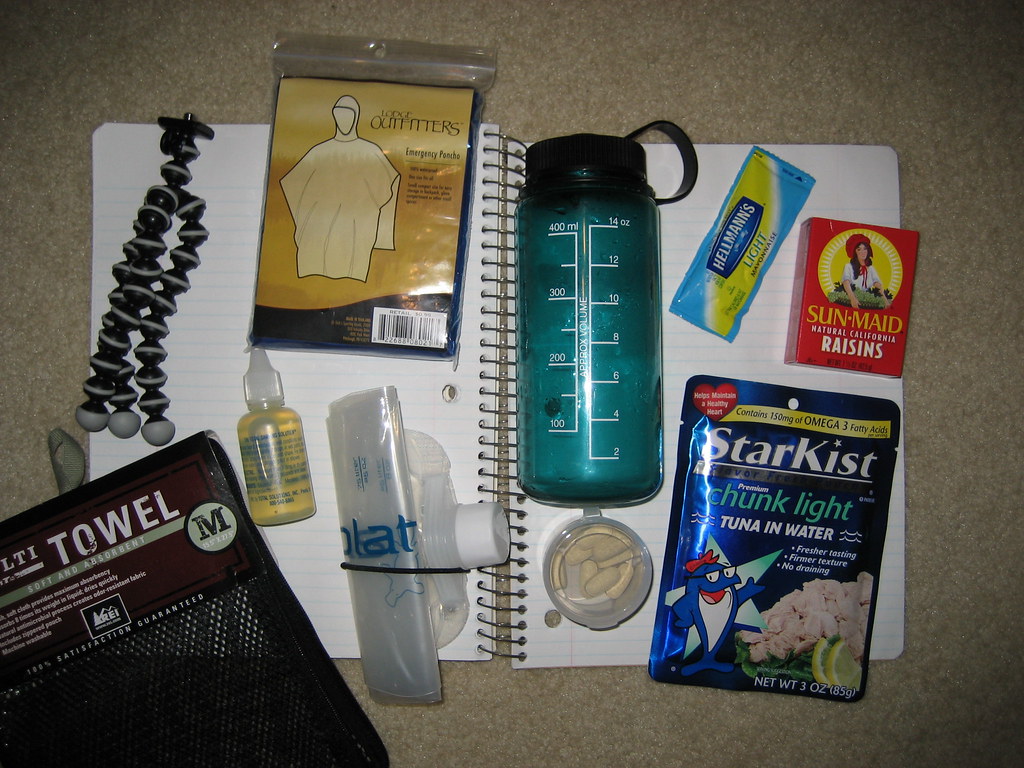
Location and History
Location
Acadia National Park is located on the coast of Maine, USA. The majority of the park’s 47,000 acres is on Mount Desert Island, with portions on the Schoodic Peninsula and Isle au Haut. The park offers visitors breathtaking views of the ocean and rocky coastline, as well as the opportunity to explore the surrounding forests and mountains.
History
Acadia National Park has a rich history that dates back thousands of years. The Wabanaki people, who call themselves the “People of the Dawn,” have lived in the region for over 12,000 years. They were the first to explore and enjoy the natural beauty of the land that is now Acadia National Park[1].
In the 17th century, French explorers arrived in the area and established settlements. They named the region “Acadia” after the Greek word “Arcadia,” which means “refuge” or “idyllic place.” The French and English fought over control of the area for many years, with the English ultimately emerging victorious.
In the late 1800s, wealthy families began building summer homes in the area, drawn to the natural beauty and fresh sea air. Among these families was George B. Dorr, who became a champion of the region’s natural beauty and led the effort to establish Acadia National Park[2].
In 1916, President Woodrow Wilson signed a bill creating the park, making it the first national park east of the Mississippi River[1]. Today, Acadia National Park continues to be a popular destination for visitors from around the world, who come to enjoy its natural beauty and rich history.
Things to Do in Acadia National Park
Acadia National Park offers visitors a wide range of activities to enjoy. Whether you prefer hiking, biking, or simply relaxing and taking in the stunning natural beauty, there is something for everyone.
Hiking
Acadia National Park boasts 158 miles of hiking trails, ranging from easy walks to challenging climbs. Some of the most popular trails include the Precipice Trail, which climbs 1,000 feet up the side of Champlain Mountain, and the Jordan Pond Path, which offers stunning views of the park’s famous glacial lakes[1]. Hiking in Acadia National Park is a great way to explore the park’s natural beauty and get some exercise at the same time.
Biking
Acadia National Park also offers 45 miles of carriage roads that are perfect for biking. These roads were originally built by John D. Rockefeller Jr. in the early 1900s and offer visitors a unique way to explore the park’s forests and mountains[1]. Biking in Acadia National Park is a great option for those who prefer to explore the park at a faster pace.
Wildlife Watching
Acadia National Park is home to a wide variety of wildlife, including over 300 bird species. Visitors can enjoy birdwatching, as well as the opportunity to see other animals such as moose, deer, and black bears[3]. The park’s diverse habitats, ranging from rocky shores to lush forests, make it an ideal destination for wildlife enthusiasts.
Guided Tours
For those who prefer a more structured experience, Acadia National Park offers a variety of guided tours. These tours are led by knowledgeable park rangers who can provide insight into the park’s natural and cultural history. Some of the most popular tours include the Park Loop Road Tour, which takes visitors on a scenic drive through the park, and the Carriage Road Tour, which explores the park’s historic carriage roads[1].

Where to Stay and Eat in Acadia National Park
Acadia National Park offers visitors a variety of options for lodging and dining, ranging from cozy bed and breakfasts to fine dining restaurants.
Lodging
There are several options for lodging within the park, including campgrounds and cabins. Some of the most popular campgrounds include Blackwoods Campground and Seawall Campground, both of which offer easy access to hiking trails and other park attractions1]. For those who prefer more luxurious accommodations, there are also several hotels and resorts located near the park, including the historic Jordan Pond House and the Bar Harbor Inn[[2].
Dining
Acadia National Park offers a variety of dining options, ranging from casual cafes to fine dining restaurants. Some of the most popular dining destinations within the park include Jordan Pond House, which is famous for its popovers and tea, and the Burning Tree Restaurant, which offers a farm-to-table dining experience. Visitors can also enjoy casual dining options such as the Gatehouse Cafe, which serves sandwiches and snacks, and the Island Explorer Bus Cafe, which offers a variety of grab-and-go options1]. For those who prefer to cook their own meals, there are several grocery stores located near the park where visitors can purchase supplies[[2].
When to Visit Acadia National Park
Acadia National Park is open year-round, but the best time to visit depends on your personal preferences and what you want to see and do in the park.
Summer (June-August)
Summer is the busiest time of year in Acadia National Park, with crowds of visitors flocking to the park to enjoy the warm weather and long days. This is the best time of year to enjoy the park’s beaches and swimming areas, as well as hiking and biking on the park’s many trails. However, visitors should be prepared for long lines and crowded parking lots, and should plan to arrive early in the day to avoid traffic congestion.
Fall (September-November)
Fall is a popular time to visit Acadia National Park, particularly for those who want to enjoy the stunning fall foliage. The park’s forests and mountains come alive with vibrant colors, making it a popular destination for photographers and nature enthusiasts. Fall is also a great time to enjoy hiking and biking in the park, as the weather is cooler and the crowds are thinner.
Winter (December-February)
Winter is a quieter time of year in Acadia National Park, but it can be a great time to visit for those who enjoy winter sports such as cross-country skiing and snowshoeing. The park’s carriage roads and hiking trails are transformed into snowy wonderlands, offering visitors a unique way to explore the park’s natural beauty.
Spring (March-May)
Spring is a great time to visit Acadia National Park for those who want to avoid the crowds of summer and enjoy the park’s wildflowers and blooming trees. The weather can be unpredictable during this time of year, but visitors can still enjoy hiking and biking on the park’s trails, as well as wildlife watching and birdwatching.
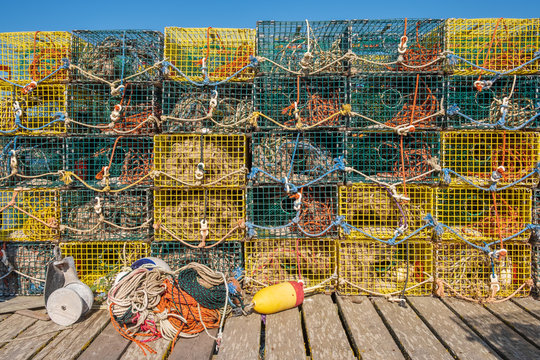
How to Get to Acadia National Park
Acadia National Park is located on the coast of Maine and is easily accessible by car, plane, or bus.
By Car
Acadia National Park is located approximately 6 hours north of Boston and 4.5 hours northeast of Portland. Visitors can take I-95 to Bangor, Maine, and then take Route 1A or Route 3 to reach the park. The park is also easily accessible from the nearby town of Bar Harbor, which is located on Mount Desert Island[1].
By Plane
The closest airport to Acadia National Park is the Hancock County-Bar Harbor Airport, which is located just 10 minutes from the park. The airport offers daily flights to and from Boston on Cape Air, as well as seasonal flights to other destinations2]. Visitors can also fly into the Bangor International Airport, which is located approximately 1.5 hours from the park, and then rent a car or take a shuttle to reach the park[[3].
By Bus
Visitors can also reach Acadia National Park by bus. Greyhound and Concord Coach Lines both offer service to Bangor, Maine, which is located approximately 1 hour from the park. Visitors can then take a shuttle or rent a car to reach the park[4].
Getting Around the Park
Once inside the park, visitors can use the free Island Explorer shuttle bus system to get around. The shuttle system operates from late June to Columbus Day and offers service to many of the park’s most popular destinations, including Sand Beach, Jordan Pond, and Cadillac Mountain[1]. Visitors can also drive the park’s scenic Park Loop Road, which offers stunning views of the park’s forests, mountains, and coastline[5].
Start Planning Your Trip to Acadia National Park Today
Acadia National Park is a stunning destination that offers visitors a truly unique outdoor experience. Whether you’re looking to hike through its forests, explore its coastline, or simply relax and enjoy its natural beauty, there’s something for everyone in this incredible park. Here are some tips to help you plan your trip to Acadia National Park.
Book Your Lodging Early
Acadia National Park is a popular destination, particularly during the peak summer months. If you’re planning to visit during this time, it’s important to book your lodging early to ensure that you have a place to stay. Some of the most popular campgrounds and hotels in the area fill up quickly, so it’s a good idea to make your reservations as soon as possible[1].
Plan Your Activities in Advance
Acadia National Park offers visitors a wide range of activities, from hiking and biking to swimming and wildlife watching. Before you arrive, it’s a good idea to plan out your activities in advance so that you can make the most of your time in the park. Check out the park’s website for information on hiking trails, scenic drives, and other popular activities[2].
Be Prepared for the Weather
Maine’s weather can be unpredictable, particularly during the spring and fall months. Before you arrive, be sure to check the weather forecast and pack accordingly. Even during the summer months, it’s a good idea to bring warm layers and rain gear, as the weather can change quickly in the park.
Consider Hiring a Guide
If you’re new to Acadia National Park, or if you want to learn more about its history and natural features, consider hiring a guide. There are several tour companies in the area that offer guided hikes, boat tours, and other activities that can help you get the most out of your visit[3].
Check Out Our Other Great Content
If you’re planning a trip to Acadia National Park, be sure to check out our other great content on outdoor travel and adventure. From hiking guides to camping tips, we’ve got everything you need to plan your next outdoor adventure.
Answers To Common Questions
Who can visit Acadia National Park?
Anyone can visit Acadia National Park. It’s open year-round and welcomes visitors of all ages.
What are the best things to do in Acadia National Park?
The park offers a range of activities, from hiking and biking to wildlife watching and scenic drives.
How much does it cost to visit Acadia National Park?
The entrance fee is $30 per vehicle, $25 per motorcycle, and $15 per person for visitors without a vehicle.
What is the best time of year to visit Acadia National Park?
The park is open year-round, but the best time to visit is between May and October when the weather is mild.
How long should I plan to stay in Acadia National Park?
It’s recommended to spend at least 3-4 days in the park to fully experience its natural beauty and activities.
What if I’m not an experienced hiker or outdoorsman?
The park offers a range of activities for visitors of all skill levels, including guided tours and scenic drives.

